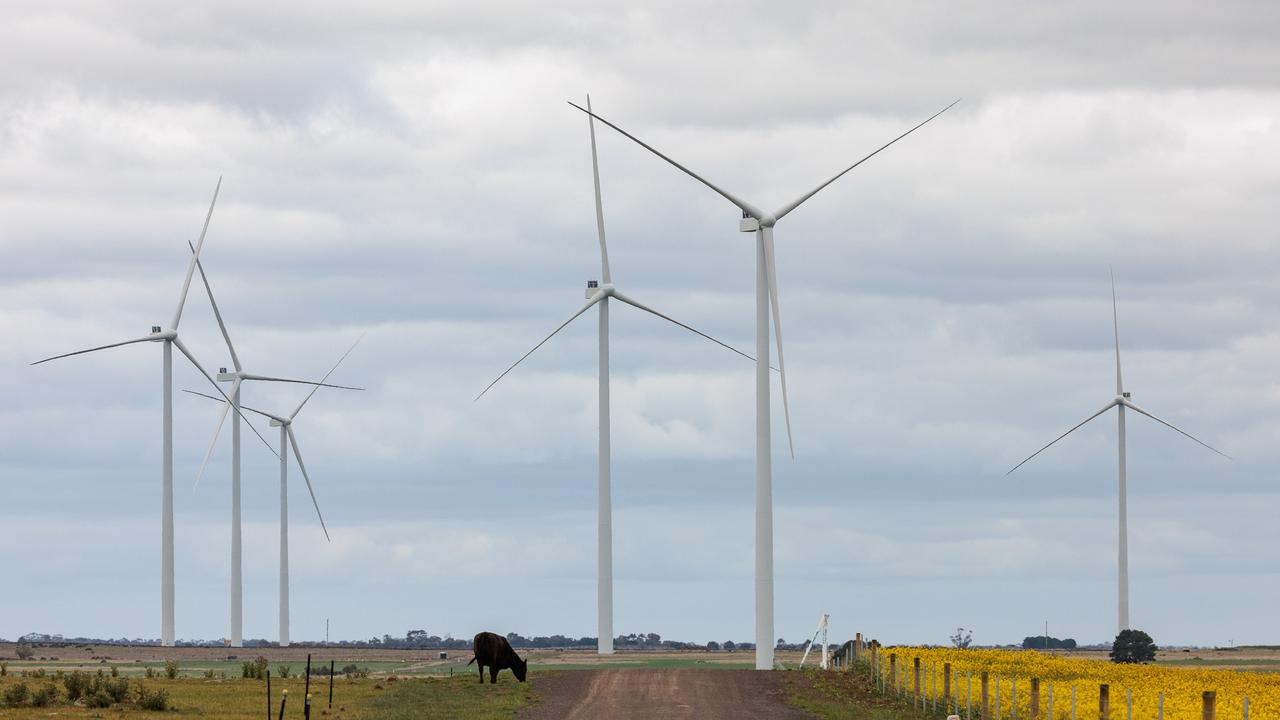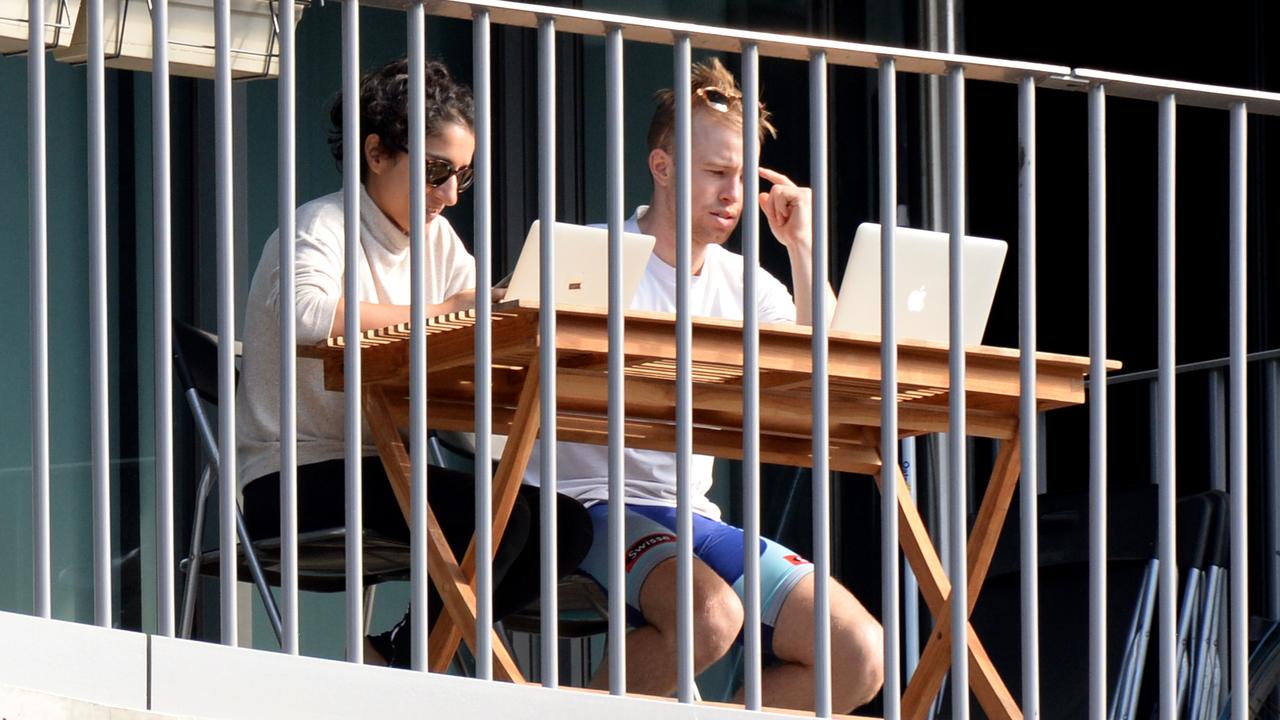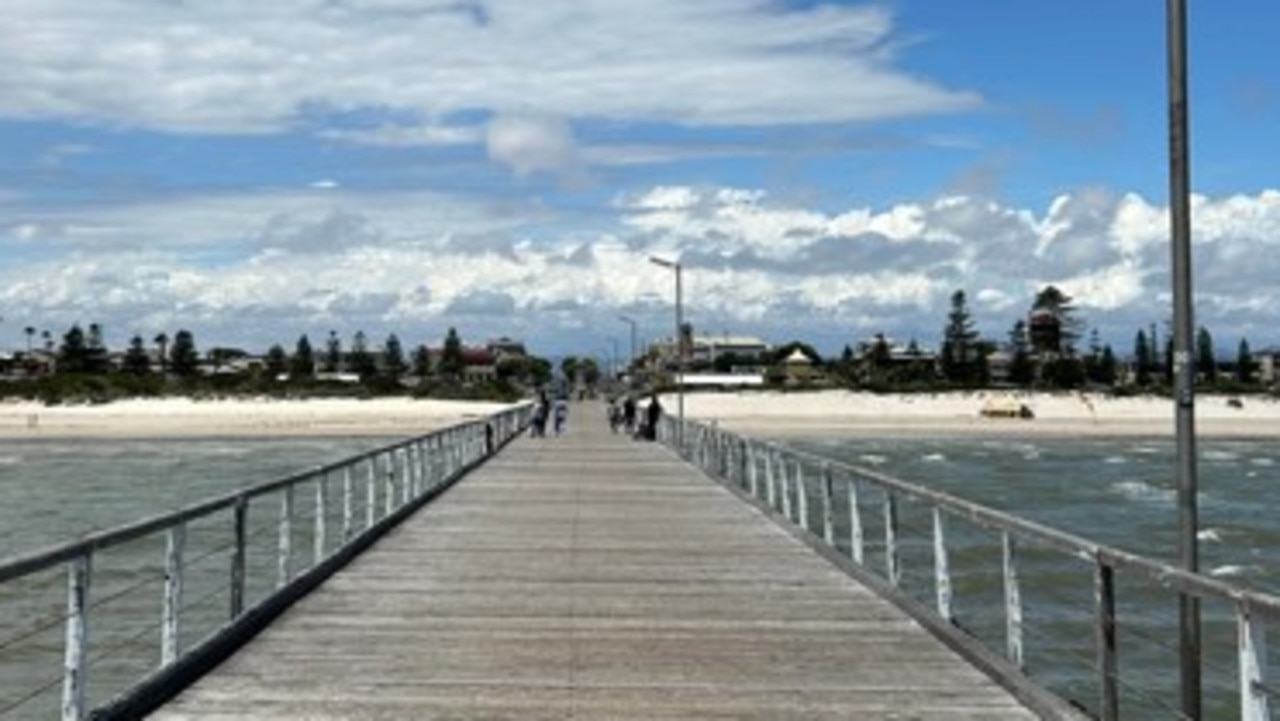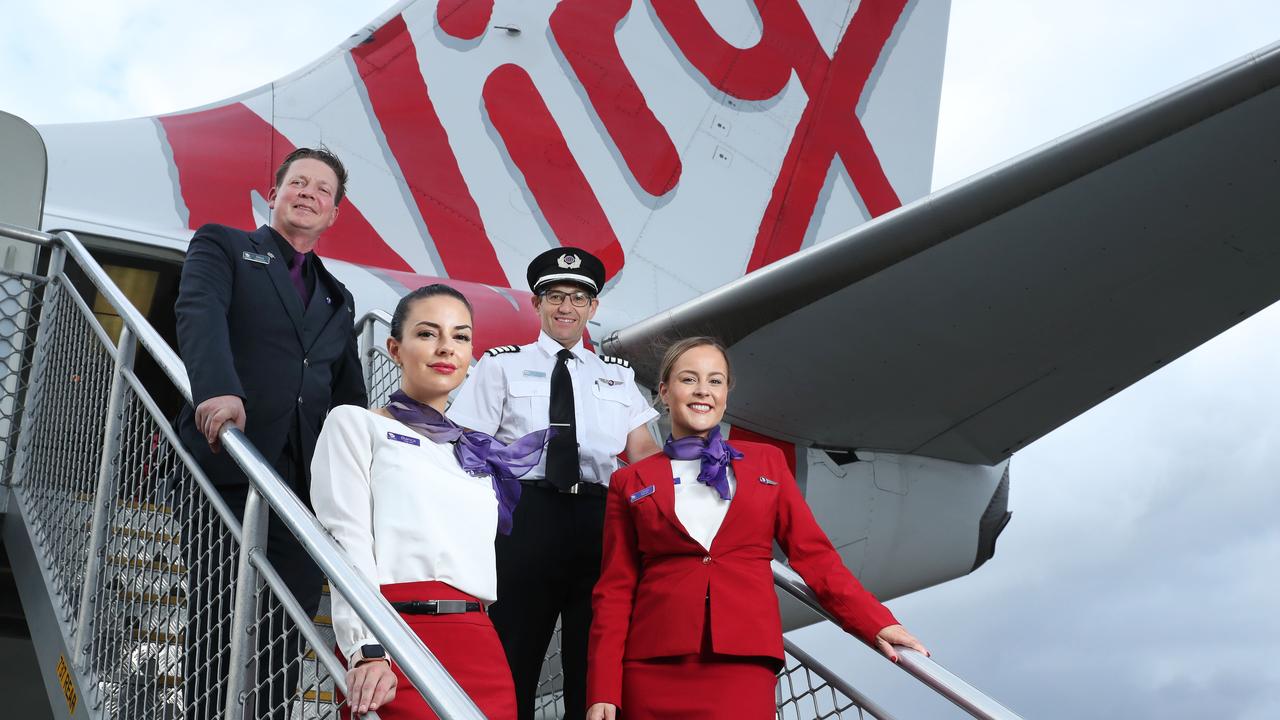Gender pay gap: ACTU push for 9pc pay boost in female-dominated sectors
The Australian Council of Trade Unions is calling for a major pay boost in female-dominated sectors. See occupations affected.

Companies
Don't miss out on the headlines from Companies. Followed categories will be added to My News.
Australia’s peak body for workers has called for a pay rise of at least 9 per cent in female-dominated sectors.
This year’s Annual Wage Review is working to address equal pay, in line with the Albanese Government’s 2022 changes to the Fair Work Act to achieve gender equality.
In it’s submission to Fair Work, the ACTU said the rise would be a critical step in achieving equal pay for workers in occupations that historically have been undervalued based on gender – including care and degree-qualified occupations in early childhood education, education and health support services, veterinary care and disability home care, among others.
“Achieving equal pay for women requires systemic change and targeted pay rises in industries traditionally dominated by women and historically very low-paid,” ACTU Secretary Sally McManus said.
“A 9 per cent pay increase will not only support families with cost-of-living pressures, it will also be a vital first step to properly valuing the work of working women doing critical work for our community, such as educating the next generation and caring for our loved ones.”

The 9 per cent pay rise call is based on the 5 per cent increase the ACTU is advocating across all awards, supplemented by at least an additional 4 per cent in key low-paid feminised industries.
If accepted, a full-time care worker could see their pay boosted by $90 a week. A similar assessment in aged care recently found that workers required up to 23 per cent pay increases to achieve pay equity, the ACTU says.
The ACTU is also calling for a process to provide interim increases quickly while a proper valuation of underpayment is done in retail, pharmacy, administrative services, cabin crew, and legal services, among others.
The ACTU’s submission has also slammed employer proposals, some of which the union says would leave some of Australia’s lowest-paid workers nearly $1350 worse off each year compared to the ACTU claim of a 5 per cent pay increase.
Ms McManus added: “When employers push for real pay cuts while enjoying record corporate profits, they are disregarding the struggles of working women in Australia.
“Equal pay and cost of living increases are good for workers and good for the economy.”
JOBS WITH LESS WOMEN AND LOWER WAGES
The old stereotype of jobs for the boys is still very much in play in Australia.
Last year, men were six times more likely to work in construction and two and a half times more likely to have a job in manufacturing, than women.
While females were three times more likely to be employed in healthcare and social assistance and two and a half times more liked to work in education than males.
The data from the Australian Bureau of Statistics from March 2024, revealed men were also more likely to have a job – 7.4m men, compared to 6.8m women – and more likely to be in full-time work. Women dominated the part-time sector.
The latest figures also showed men earned more than females in every single profession – and in some jobs up to $600 more a week.
Currently, the difference between the average full-time male weekly salary at $2080 before tax and the average female pre-tax salary of $1772 was $308.
The ABS data showed the biggest salary differences were in professional, scientific and technical services, where women earned $593 less than men, and the wage gap in the mining industry was $530. More than 750,000 men are employed full-time in that sector, compared to 571,500 women.
In healthcare it was $520, despite the fact that 1.7m women work in healthcare, compared to around 506,800 men.
The lowest wage gap was $142 in the accommodation and food services sectors, which employs 418,800 men and 495,900 women.
Dr Terry Fitzsimmons from the University of Queensland Business School and an expert in gender bias in the workplace, said progress had been “glacial”.
He said change needed to come from corporate leadership and a determination to do the “right thing”.
“We also need to get in front of parents and into the schools to break down these stereotypes about men and women,” Dr Fitzsimmons said.
“That means men getting equal parenting leave to women and there’s still a stigma about men picking up their kids from school.”
Scroll over and tap to see the dfference in the graph below:

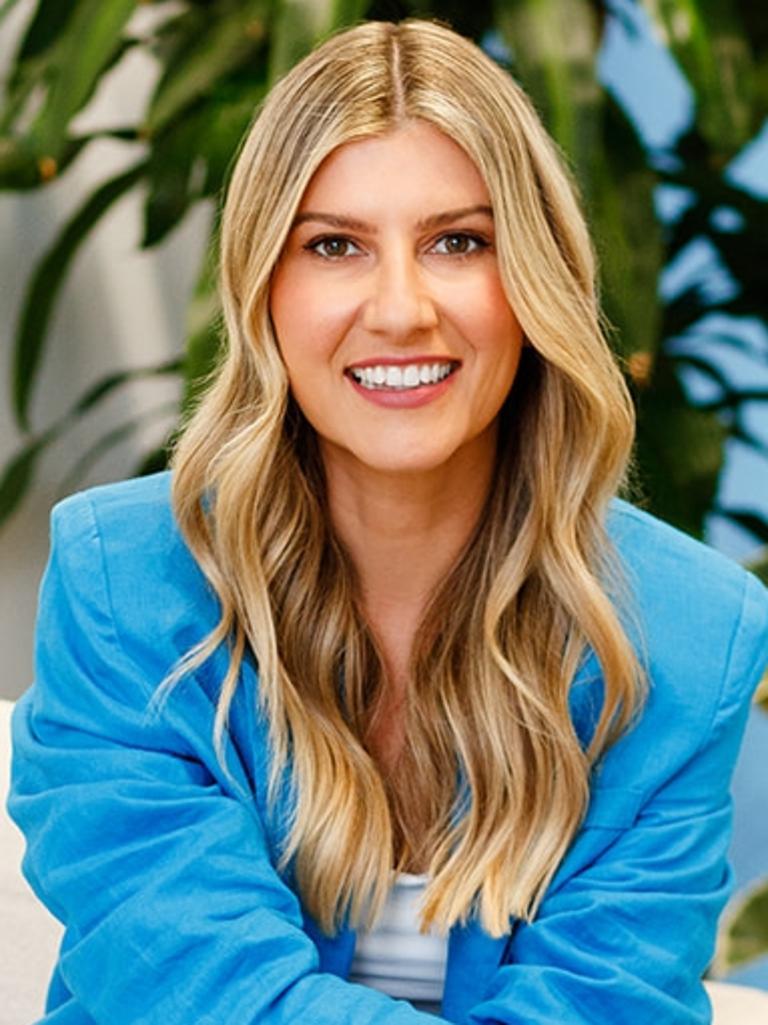
According to Workplace Gender Equality Agency Australia’s total remuneration average gender pay gap was 21.7 per cent, meaning for every $1 on average a man makes, women earn 78c. Over the course of a year, that difference amounted to $26,393.
Dr Fitzsimmons said at this rate the gender pay gap would not close for another 100 years.
In an exclusive survey by job site Indeed, it revealed what Aussie women think of the gender divide – and they’re clearly not happy.
Career Expert at Indeed Sally McKibbin said women understood the value of their work and wanted fair compensation, but employers were guilty of unconscious bias.
The survey found half of women had never asked for a pay rise, with a third saying it was because they feared there would be negative consequences.
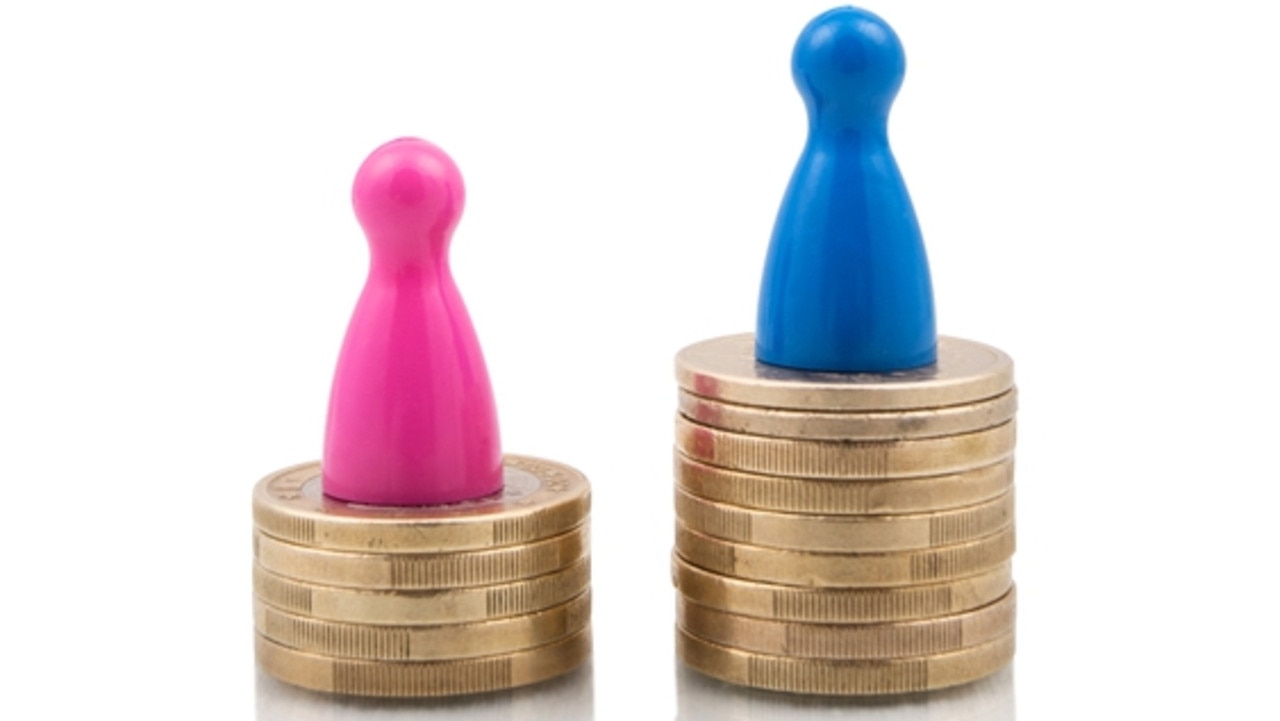
“Sadly the majority feel disempowered because of a system that has long favoured men with better pay, better roles, and better opportunities,” Ms McKibbon said.
“This broken system has told women they are less valued in the workplace so it’s no wonder many lack the confidence to ask for a raise.”
The survey revealed three out of four women who did ask for a pay rise were successful.
She said pay transparency would help resolve some of the pay discrepancies between men and women, but only 37 per cent of roles advertised on Indeed showed a salary figure.
Half of women surveyed said they felt it was easier for men to progress in their careers. When asked why, women cited maternity leave policy (47 per cent), care giving responsibilities (57 per cent), and sexism or unconscious bias in society (61 per cent) as the main reasons.
Ms McKibbon said among many of her friends who were young mothers, it was sad that many just felt grateful to get any type of part-time work, whatever the salary.
SYSTEM RIGGED AGAINST FEMALE GPS: DOCTOR
Female GPs say the system is rigged against them, leading to a huge pay gap between men and women.
“The gender pay gap in healthcare extends beyond factors such as education or part-time employment,” Dr Shiromi Wimalaguna, who specialises in mental health, said.
“Female GPs frequently invest more time with patients, have longer consult times, and handle complex cases, including addressing mental health presentations. Yet their earnings do not reflect this.
“Medicare fails to adequately compensate for medical practices that prioritise quality time spent with patients to manage complex health issues; instead, it actively encourages quick medicine through current subsidy schemes, disadvantaging women in the process.”

Dr Shiromi, founder of The Cloud GP, an online mental health support service, said she had seen first-hand how the gender pay gap affects both her colleagues and herself.
She said patients tended to opt for female GPs when it comes to discussing issues such as mental health due to a belief that a woman was more likely to take the time to listen.
Meanwhile, male GPs see far more patients over the course of a day, meaning they received more money from Medicare.
“From a public standpoint, everyone appreciates GPs that take the time to listen to their patients, but the system is rigged, it does not support that,” Dr Shiromi said.
“Despite our dedication and expertise, we consistently earn less than our male counterparts. This disparity often leads to diversification of practice, reduced clinical hours and, ultimately, burnout.”
More Coverage
Originally published as Gender pay gap: ACTU push for 9pc pay boost in female-dominated sectors



